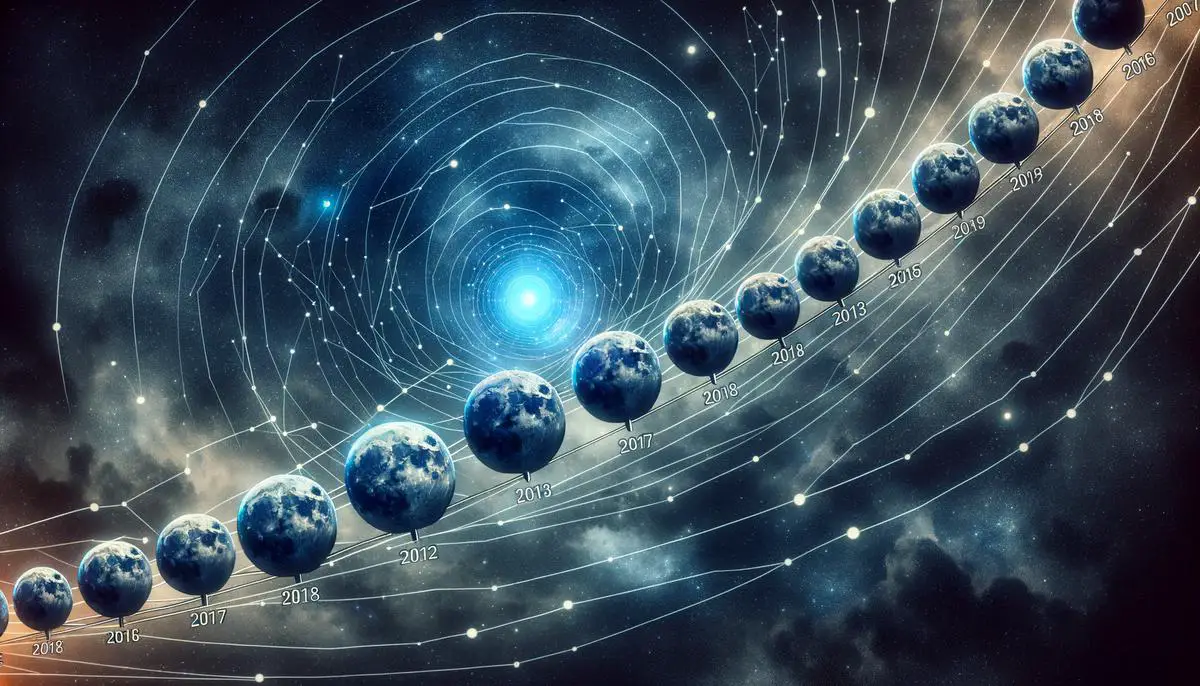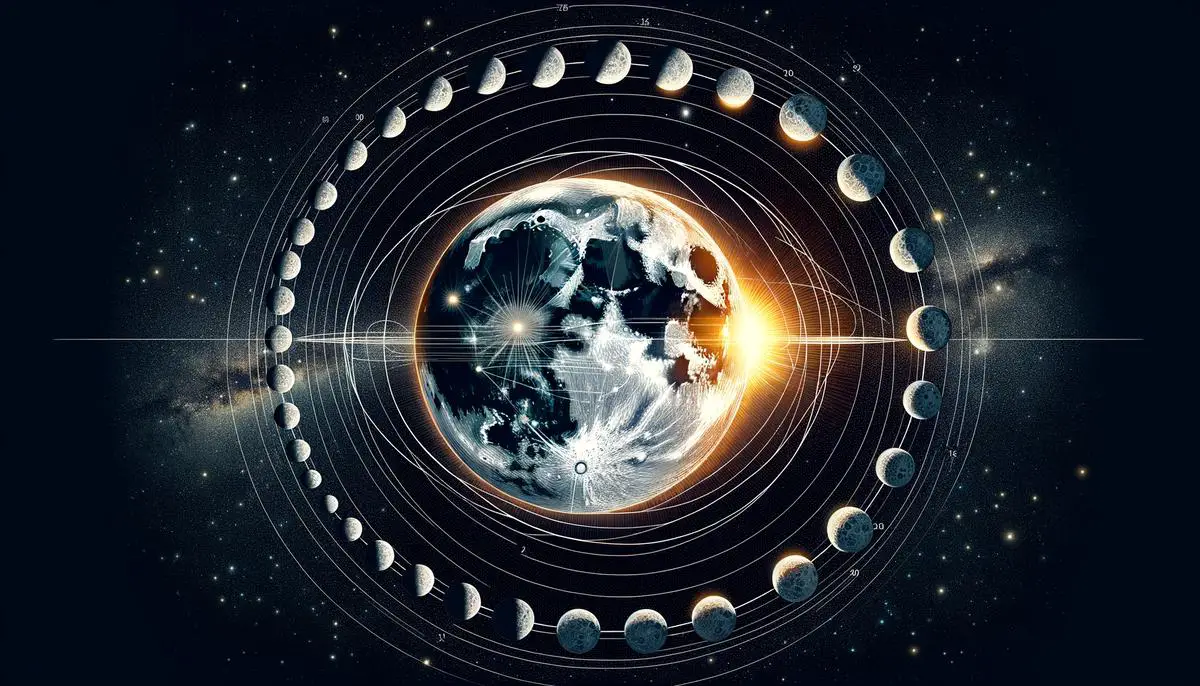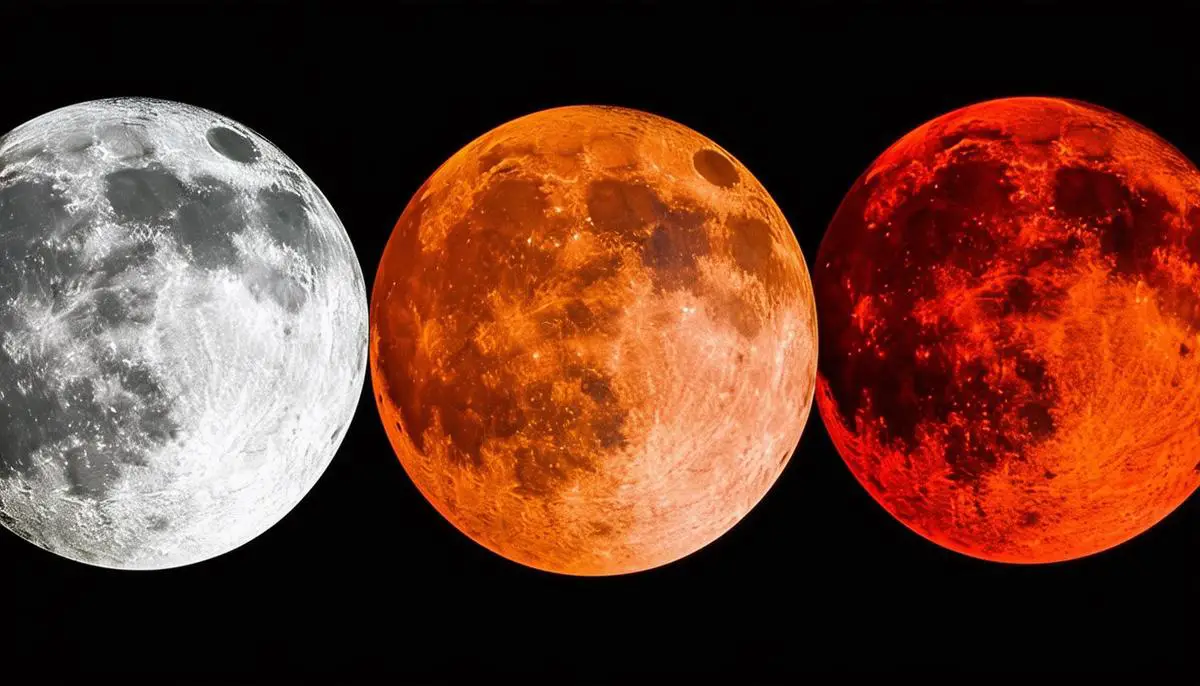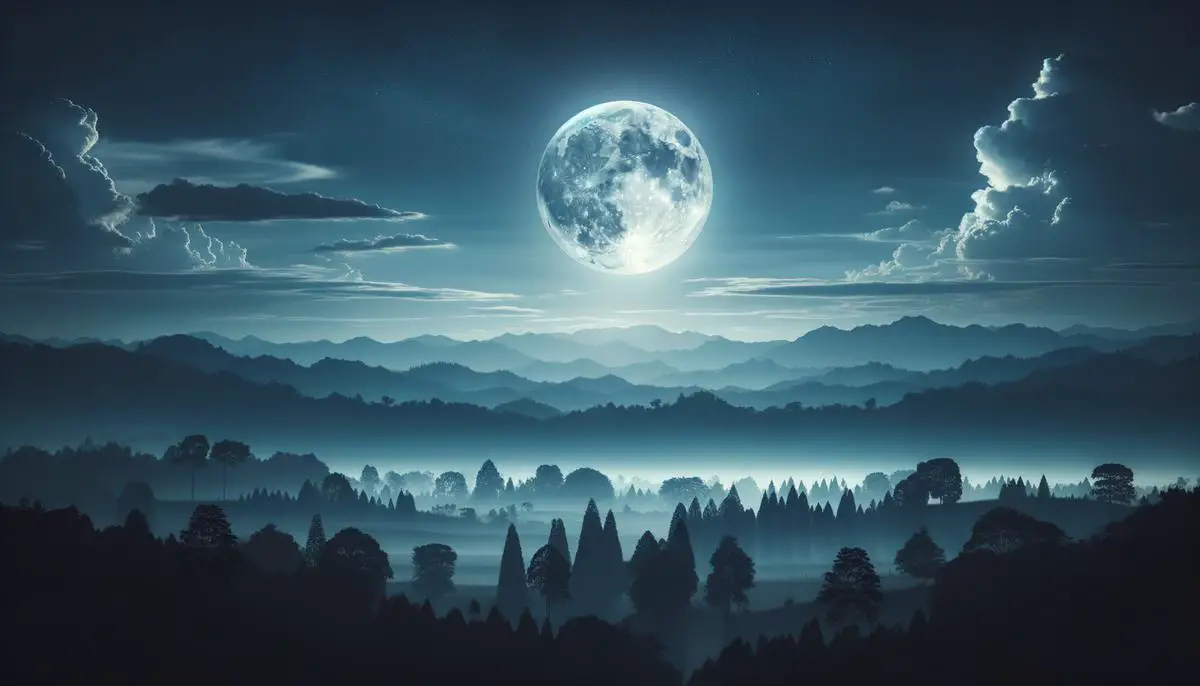Definition and Historical Context
A blue moon occurs when an extra full moon appears in a year, defined by two methods:
- The traditional approach: The third full moon in a season with four full moons, instead of the usual three. This aligns with astronomical seasons beginning at solstices and equinoxes.
- The modern definition: When two full moons occur in one calendar month, the second is a blue moon. This interpretation arose from a misunderstanding in the 1940s and spread through media and popular culture.
Despite the phrase "once in a blue moon" implying rarity, these events happen every two to three years. The reason is simple: the typical lunar cycle is 29.5 days, while most calendar months are 30 or 31 days, allowing for an occasional extra full moon. February never has a blue moon due to its short duration.
The origin of the name is uncertain. Some believe it stems from the old English term "belewe," meaning to betray, possibly referring to the moon disrupting the usual pattern of full moons or causing confusion in the liturgical calendar.
Contrary to its name, a blue moon isn't actually blue. It appears the same as any other full moon. However, rare atmospheric conditions, such as those following massive volcanic eruptions, can cause the moon to appear bluish due to particles in the air.
Frequency of Blue Moons
Blue moons occur every two to three years, whether defined by the seasonal or monthly method. This predictable occurrence highlights the interesting interaction between lunar and calendar cycles.
The seasonal blue moon depends on an astronomical season having four full moons instead of three. Given that each full moon cycle lasts 29.5 days, an extra full moon can fit into a season about once every 2.5 to 3 years. The next seasonal blue moon is expected on August 19, 2024.
The monthly blue moon's frequency is directly related to the Gregorian calendar's structure. Because most months last 30 or 31 days, two full moons occasionally occur within one calendar month. On average, this happens about once every 33 months. A recent monthly blue moon occurred on August 30, 2023, with the next predicted for May 31, 2026.
Notable instances throughout history include 2018, which featured two blue moons within months of each other, in January and March. Looking ahead, the next year with two blue moons won't occur until 2037, with blue moons in January and March.

Astronomical Significance
The moon's elliptical orbit around Earth results in moments when the moon is closer (perigee) and farther away (apogee). This elliptical path causes variations in the moon's apparent size and brightness and plays a crucial role in the timing of its phases.
Moon phases are determined by the moon's position relative to Earth and the sun. The full moon occurs when the sun, Earth, and moon align such that the side of the moon facing Earth is fully illuminated by the sun. This alignment happens every 29.5 days, commonly referred to as a lunar month.
Time zones complicate the blue moon calendar slightly. Since the precise moment of a full moon is a global event, the exact timing can mean different parts of the world may not always experience the blue moon on the same calendar date.
Blue moons capture our attention despite their relative frequency because they disrupt our standard count of one full moon per month or three per season. This irregularity serves as a reminder of the elegance and unpredictability of our celestial landscape.
Examining the moon's behavior from an astronomical standpoint, we see that the slight wobble of its orbit, the axial tilt of Earth, and the varying speed of the moon in its elliptical orbit all contribute to create these exceptions.
Essentially, the astronomical circumstances leading to a blue moon are a convergence of lunar orbital mechanics, time zones, and human calendar conventions. The predictable unpredictability of blue moons enriches our understanding of time and demonstrates the precision of our cosmic dance.

Common Misconceptions
A widespread misconception about blue moons is that the moon will actually appear blue. In reality, the moon typically maintains its usual gray or whitish hue during a blue moon. The name "blue moon" relates more to the rarity of the event than the moon's color.
However, rare atmospheric conditions can cause the moon to appear blue. These instances usually result from specific particles in Earth's atmosphere, such as those emitted from volcanic eruptions or large wildfires. For example, the 1883 eruption of Krakatoa sent vast amounts of fine ash high into the atmosphere, scattering red light and causing the moon to appear blue to observers in certain locations.1
Another common myth is that blue moons are exceptionally rare. As previously discussed, blue moons occur relatively frequently—roughly every two to three years.
People often confuse blue moons with other lunar phenomena, such as supermoons and blood moons:
- A supermoon occurs when a full moon (or new moon) coincides with the moon's perigee, making the moon appear larger and brighter than usual.
- A blood moon refers to the moon's reddish appearance during a total lunar eclipse, caused by light refracted around Earth's atmosphere.
Understanding these distinctions is crucial for appreciating the unique characteristics of each lunar event. While blue moons are about the timing and number of full moons within a given period, supermoons involve the moon's proximity to Earth, and blood moons pertain to the moon's appearance during a lunar eclipse.

The blue moon phenomenon demonstrates the intricate interplay between lunar cycles and our calendar. Whether observed as an extra full moon in a season or a second full moon in a month, it highlights the subtle intricacies of our celestial neighbor's behavior. This regular yet intriguing occurrence invites us to appreciate the precision and beauty inherent in our night sky.
- Olson DW, Olson RJ, Doescher RL. The Blue Moon of September 1950. Sky & Telescope. 1999;97(5):36-41.
![]()
